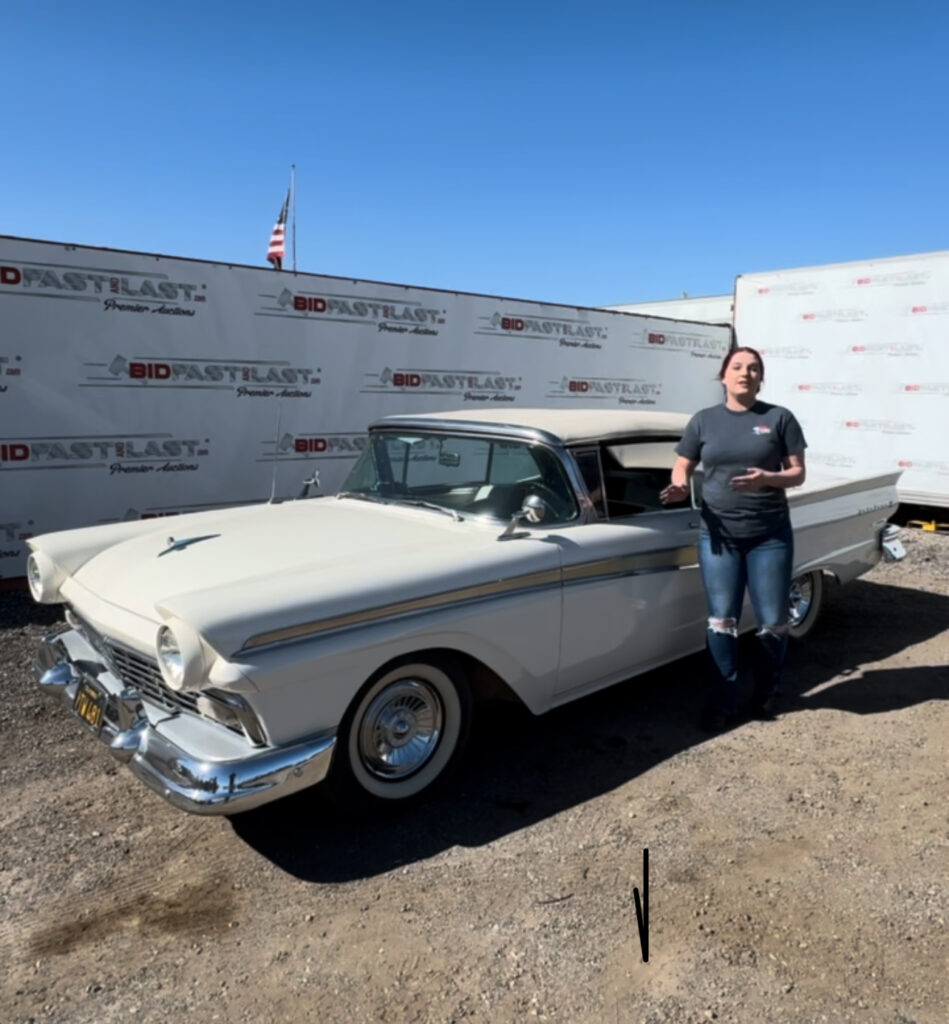Transferring a vehicle title in California can be a complex and frustrating process, especially if you’re handling it as part of managing an estate or if you’re an out-of-state executor or trustee. This guide aims to demystify the process and provide practical steps to help you navigate the challenges involved.
Understanding the Basics of Vehicle Title Transfer
When a vehicle is sold, inherited, or gifted, the ownership must be legally transferred to the new owner. This process involves updating the vehicle’s title, which is a legal document proving ownership. In California, the Department of Motor Vehicles (DMV) oversees this process.
Key Steps in the Vehicle Title Transfer Process
- Obtain the Title: The seller must provide the buyer with the vehicle title, properly signed and dated. If the title is lost, a duplicate can be requested from the DMV.
- Complete the Application for Title or Registration: The new owner must complete Form REG 343, which is the Application for Title or Registration.
- Smog Certification: If the vehicle is more than four years old, it must pass a smog check unless the transfer is between family members.
- Pay the Fees: Title transfer fees must be paid, which can include transfer fees, use tax, and smog fees.
- Submit the Documentation: The completed form, signed title, and any other required documents must be submitted to the DMV. This can often be done in person or by mail.
Common Challenges in Transferring a Vehicle Title
Missing or Incomplete Paperwork
One of the most common challenges is missing or incomplete paperwork. This can include missing signatures, incorrect dates, or incomplete forms. Ensuring all paperwork is correctly filled out and signed is crucial to avoid delays.
Smog Certification Issues
Another common hurdle is the smog certification. If the vehicle fails the smog check, it cannot be legally transferred until it passes. This can be especially challenging for older vehicles.
Out-of-State Transfers
If you’re transferring a vehicle title from another state, additional steps may be required. This can include obtaining a VIN verification and ensuring the vehicle meets California emissions standards.
Handling Transfers for Deceased Owners
If the vehicle’s owner has passed away, the process can become even more complicated. You may need to provide additional documents such as a death certificate, a will, or probate court documents to prove your right to transfer the vehicle.
Tips for a Smooth Vehicle Title Transfer
- Double-Check All Paperwork: Ensure all forms are complete and accurate, with all necessary signatures and dates.
- Get a Smog Check Early: If a smog check is required, get it done early to avoid delays.
- Know the Fees: Be aware of the fees involved and ensure you have the means to pay them.
- Use DMV Resources: The DMV website has a wealth of information and forms available for download. Use these resources to ensure you have everything you need.
- Consider Professional Help: If you’re unsure about any part of the process, consider hiring a professional or using a service like Bid Fast and Last to help manage the transfer. Additionally, you can have your vehicle or personal property appraised to ensure accurate valuations.
How Johan Graham and Bid Fast and Last Can Help
At Bid Fast and Last, we understand the complexities involved in transferring a vehicle title in California, especially under challenging circumstances like handling an estate. Johan Graham and our team of experts are here to assist you through every step of the process.
Why Choose Us?
- Expert Knowledge: With extensive experience in handling vehicle title transfers, we ensure all paperwork is accurate and complete.
- Convenience: We manage the entire process for you, saving you time and reducing stress.
- Specialized Services: Whether you’re dealing with a standard transfer, an out-of-state vehicle, or managing an estate, we provide tailored services to meet your needs.
Contact us here to learn more about how Johan Graham and Bid Fast and Last can assist you with vehicle title transfers and other estate management services. Let us take the hassle out of the process, ensuring a smooth and efficient transfer.
